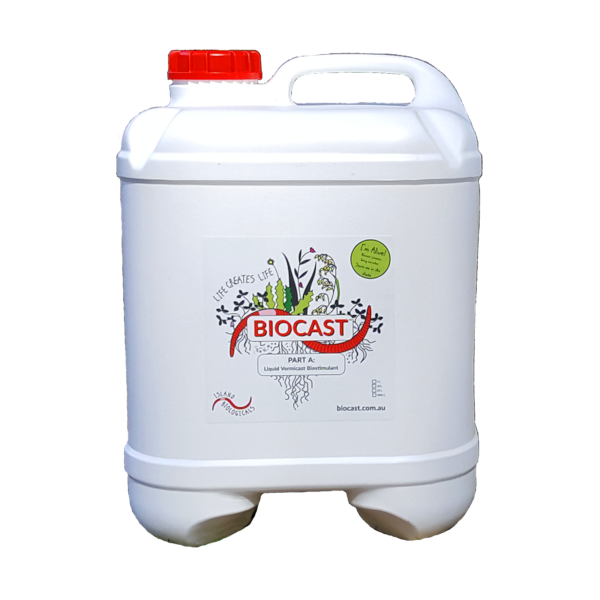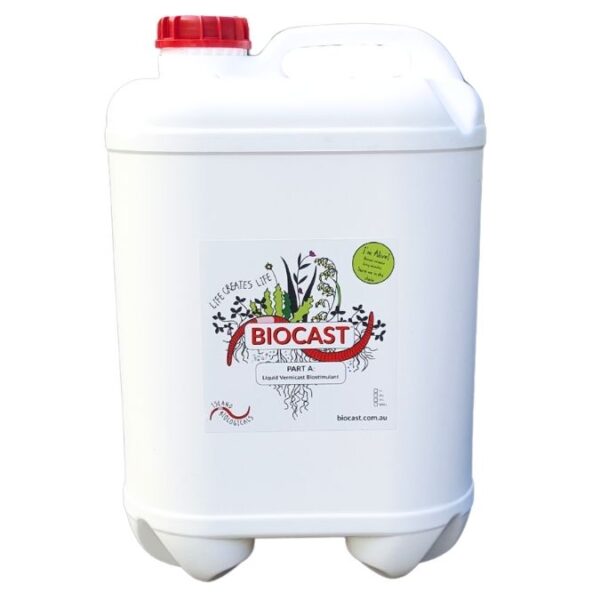
When you’re planting a bunch of new trees there’s nothing more disheartening than coming back a few months later to find most of them dead. Or perhaps you’ve had the experience of planting a fruit tree that you’re excited about, only to have it under-produce then succumb to disease. It could have been due to how it was planted!
This article contains some tips to ensure that this never happens to you. It’s advice gathered from Kirsty’s 20 years planting experience in bushland and the garden in coastal NSW.
Check out this one minute video, and read on for all the details!
1. Choose an appropriate tree species for your site.
Look, if you choose a desert-loving plant for a swampy spot you’re condemning that poor plant to a short and miserable life, regardless of how you plant it.
If you are regenerating a site with native species, select plants that would have grown there historically, ideally from a local supplier who has grown from local seed. Floodplain plants for floodplain sites, dry sclerophyll plants for dry hillsides, and so on. For best success choose a good diversity of plants – not just trees, and don’t be afraid of the quick grow colonising species, so essential as nursery plants.
Pro tip: wait! Let your site be for a couple of years and see what comes up by itself. The land has its own wisdom as to what it needs. If there are key missing species you can then plant them in later.
If you are planting forage or ornamental trees, do your research to make sure the spot you’ve got will support the tree. Clever folk can create micro-climates that support plants outside of their natural range.
If you can bear it, the younger you can get your tree the better as a general rule of thumb. Tubestock will transplant more happily than trees in a 20” pot, and catch up in size fairly quickly.
2. Soak your plant’s rootball in a biostimulant
Some may consider this optional, but if you really want to give your seedling the best chance at success we consider this step essential.
We recommend soaking your plant in Biocast to deliver growth-stimulating hormones, enzymes, plant health signalling molecules and root and rhizosheath-assisting microbes to your plant. These natural components of Biocast will help your plant to avoid or recover from transplant shock, and get growing straight away. It is even safe for natives.
Products like Biocast connect the new plant with the soil world around it. This gives it instant access to existing soil moisture, nutrition, and a communication channel to find new tree friends (did you know trees are highly social? We loved reading about it in ‘The Hidden Life of Trees’)
You will need a bucket big enough to hold the pot, and Biocast diluted with water 1:10. For more detailed instructions see our post ‘Inoculating seedlings with Biocast’. For most plants it is adequate to soak for the amount of time it takes to prep your hole.

3. Dig your hole
Dig that hole at least as deep as the pot and twice the size. If you’re digging into clay soils, rough up the edges of the hole to avoid the roots thinking they’re in another pot. If you’re digging on a slope, face the hill and dig so the spoil from the hole is on the downhill side.
4. Fill that hole with water
If you can, fill your hole with water right to the top, and let it soak in before you plant. If it is very dry, do this twice. You don’t want to be watering every day. If it’s really, really dry and surrounding plants are water stressed, consider waiting until the season improves. Trees are in it for the long game, after all.
5. Remove the pot and assess the roots
Carefully pull the pot from the plant’s roots, avoiding pulling on the trunk too much if you can help it. It’s better to push the base up to loosen.
Assess the condition of the roots. If they are wound around the outside in the shape of the pot you will need to unwind them and cut those long ones to fit in your hole. If the roots are very dense and there isn’t much potting mix then your tree is pot bound. You need to gently loosen up the roots, and may need to cut slits longways to help break things up. Don’t worry – that soak in Biocast will help new roots to grow quickly.
These steps can be daunting but they are essential. The plant remembers the pot. You don’t want a big tree growing with roots in a tight ball as it will fall over before its time.
6. Plant your tree!
Put your plant carefully in the hole, making sure it’s facing the way you want it and it’s upright. Some trees benefit from deep planting – these are some types of eucalypts and trees that might be at risk of burial naturally in a flood. Deep planting can really help the successful establishment of these plants. For most trees though, and if in doubt, it is best to plant to exactly the level the tree was sitting in the pot.
Once you’re happy with how the tree is sitting in the hole (you may have to hold it in place), backfill the hole with the soil you dug out earlier. Press soil around the roots, sticking fingers or a shovel in vertically around the outside of the rootball to ensure there are no air holes. Using the existing soil rather than potting soil for example is good practice for helping the plant’s roots to spread properly.
If on a hill, backfill from uphill so you leave the mound on the downhill side. Shape this mound like a little dam to assist with water retention.
7. Water it in
Another water is recommended to settle the soil in. Pouring a bucket over the trunk is a great way to sort out any air holes. You may need to add more soil now if it caves in! If you didn’t add a biostimulant in Step 2, you can add it now to water in your plant. You can also use any leftover soaking water to water in your plants.
8. Finishing touches
Adding mulch is an excellent protective measure for your new tree. It helps prevent light competition by weeds that might otherwise come up, helps to keep water in the soil, and helps to protect the soil from temperature extremes. Remember to keep the tree trunk clear so that it stays at the correct planting height.
Depending on your forager situation, you may need to add tree guards. No amount of Biocast or good planting will protect from a hungry wallaby!
For high-feeding trees you can add a compost around the tree and mineral supplements as desired. Ideally you will have slow release minerals in a natural form so as to protect the soil microbes and the integral role they will play in the health of your tree.
Consider planting other non-tree companion species in gaps and/ or seeding bare soil with a multi species mix, as these other plants will assist in the creation of healthy soil which will ultimately be the best insurance of a healthy tree.
9. Tell it you love it, sing it a song, wish it luck.
Truly. Plants respond to good vibes. You want the best chance of success, right?
National Tree Day special!
If you are a school or community group planting trees this National Tree Day, 28 July 2024, give us a call to get 50% off your Biocast (excluding postage). Talk to Lee on 0429 197 596.

Time to order some Biocast?
You can get it here:




